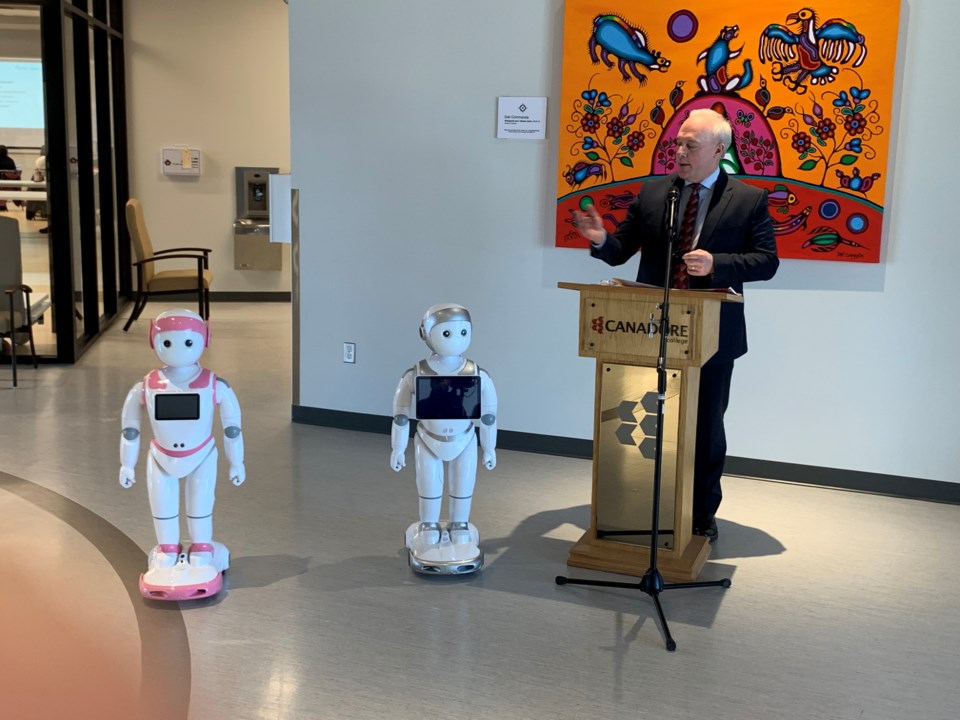It's no longer about the virus — remote workers simply don't want to return to the office
insider@insider.com (Madison Hoff)

© Provided by Business InsiderWestend61/Getty Images
A Pew Research Center report shows why people are deciding to work from home rather than return to offices.
Even with fewer concerns about COVID-19, people who often work from home just prefer this work model.
The number of people citing pandemic closures as a major reason for working from home has been declining.
Although businesses haven't really reduced office space in the pandemic and some companies may be expecting workers to return soon, plenty of employees have become hooked on the work-from-home life.
While the pandemic is far from over, it looks like COVID-19 concerns are becoming less of a major reason for people to work from home. Instead, many are choosing this work model just because they like teleworking.
"Among those who have a workplace outside of their home, 61% now say they are choosing not to go into their workplace, while 38% say they're working from home because their workplace is closed or unavailable to them," according to a new report from Pew Research Center. "Earlier in the pandemic, just the opposite was true: 64% said they were working from home because their office was closed, and 36% said they were choosing to work from home."
Pew's analysis is based on survey results of 5,889 employed US adults who have one primary job. The broader January survey includes results from 10,237 US adults from January 24 to January 30, 2022.
Additionally, 76% of workers with offices already open reported their "major reason" for working remotely from home all or most of the time was just due to the fact that they prefer this work style. In October 2020, 60% said this. Less than half (42%) cited concerns of exposure to coronavirus as a reason for working from home in the January 2022 survey — a smaller share than the 57% in October 2020.
Fewer workers with kids under 18 said childcare was a factor compared to October 2020, but it's still relevant for some — 45% in 2020 versus 32% in 2022.
"What we're seeing is that working from home has worked for people," Juliana Horowitz, associate director of research at Pew Research Center and a co-author of the new report, told Insider. "We saw this even in 2020 when it'd been a quick shift to remote work, and we saw that for the most part people thought it was easy for them to have what they needed to work from home and to continue to meet deadlines and to be productive."
"We continue to see that today, and people see telework and remote work as something that can help them balance things in terms of work and family, and it's something that people would like to continue doing after the pandemic is over," Horowitz added.
Like working in an office, remote working has its perks
According to the report, 59% of US workers who are capable of doing their job from home reported they were working from home most or all of the time in the January 2022 survey, less than the 71% in October 2020. Working from home may be ideal for parents who are juggling childcare duties or for people who want to save on commuting. Survey responses from Pew Research highlight some other positives of teleworking.
Sixty-four percent said working from home has made it easier to balance work and personal life, with 16% working from home at least some of the time saying this kind of telework has made it harder. This balance may be good news for workers who have been trying to manage the line between work and life as Horowitz said based on other research from Pew Research, "we know that flexibility and being able to balance work and personal life is very much a priority for workers even before the pandemic."
And people newly working remotely at least some of the time are feeling productive — 44% responded to it's "easier for you to get your work done and meet deadlines," but 10% said it's harder. As noted by FlexJobs, fewer interruptions and a quieter space add to remote productivity.
However, 60% said they're feeling less connected to their colleagues due to work from home, and only 4% said they felt more connected. Horowitz noted Pew didn't ask what respondents meant by "connected" — whether they interpreted that question as personal connections with coworkers or something else. Other negatives outside of the survey results may be burnout or micromanaging from managers.
Regardless of some negatives that come with telework, this and other surveys suggest that remote workers want to continue this flexible arrangement and continue to reap its associated benefits.
"Given what [workers] told us in the survey," Horowitz said, "in terms of preferences for the future, as long as employers allow telework it seems clear that that's something that employees have seen the benefits of."

















